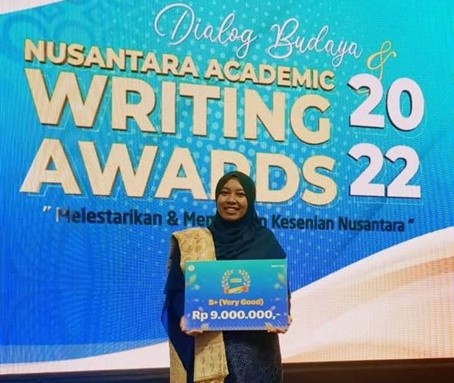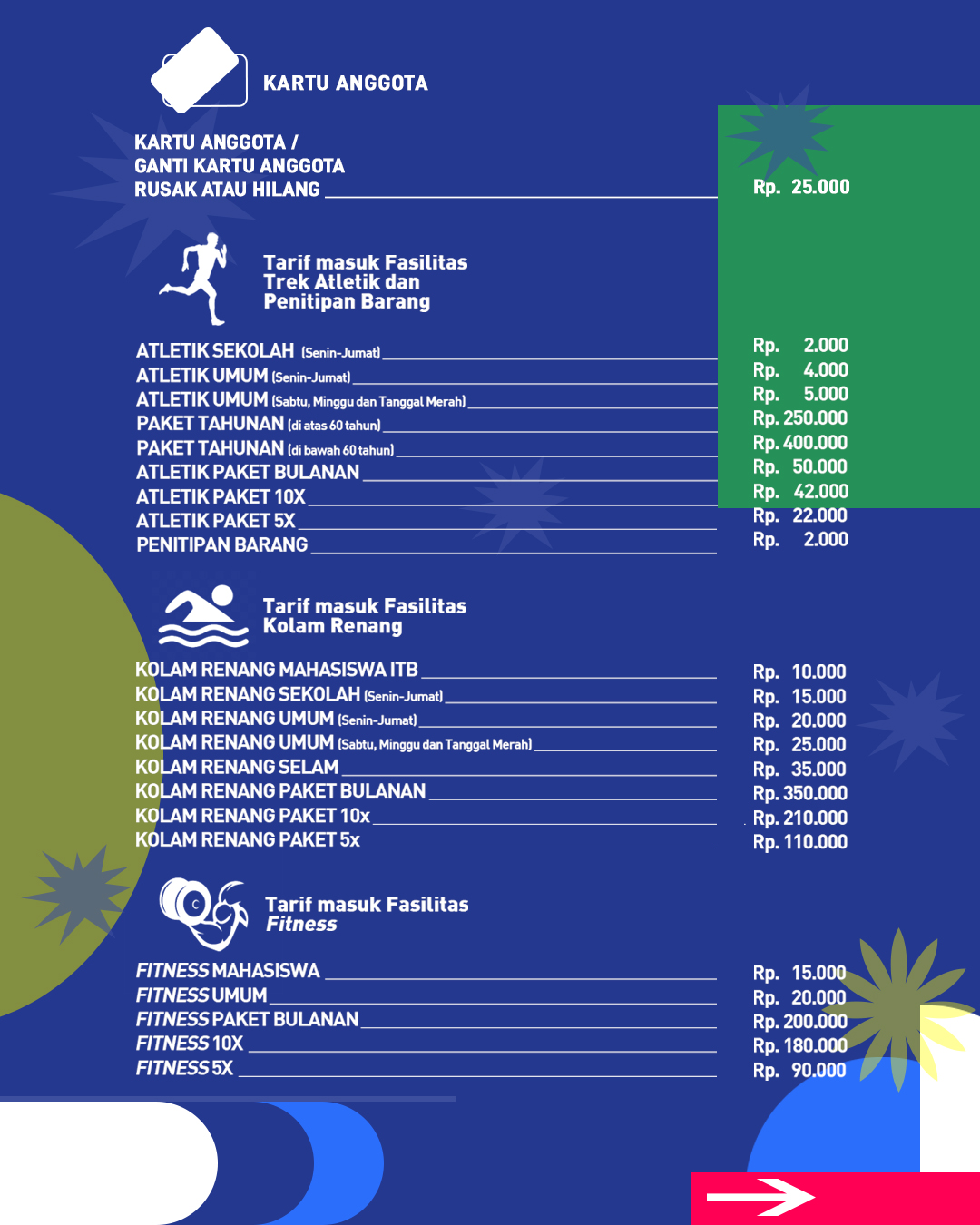ITB Master Design Student Won an Award in a National Thesis Paper Competition
By Adi Permana
Editor Adi Permana

BANDUNG, itb.ac.id – An excellent research paper is the main key to successful scientific research. This became the background of Nusantara Institute's collaboration with BCA to hold a national competition that was titled Nusantara Academic Writing Award 2022. This competition aimed to find high-quality master thesis proposals and doctoral dissertations.
In that competition, the award categories are divided into four, A+ (outstanding) category, A (excellent) category, B+ (very good) category, and B (good) category. One of the ITB Master's Program in Design students, Rexha Septine Faril Nanda, won the B+ (very good) category. Because of her achievement, Rexha was granted an appreciation fund for her thesis worth nine million rupiahs (5/7/2022).
Research topics that can participate in this competition were limited to domestic tradition, culture, religion, and past kingdoms across the archipelago. This competition was participated by a total of 142 master and doctoral students from various universities across Indonesia and even by some Indonesian students who are studying abroad. During the first selection stage, it was determined that 19 students would pass to the interview stage. At the end of the second selection stage, only 8 students managed to win an award, one of them is Rexha.
"After it was announced that I passed the first selection stage, I then conducted interviews with professors that are proficient with my research field. During my interviews, I collected some important insights. I used those insights to deepen my analysis and corrected some of the errors in my thesis, at that time my thesis was only at the proposal stage," explained Rexha.
The title of Rexha's research paper is The Changes in the Spatial Value of the Traditional Houses in the Saribu Rumah Gadang Area as a result of the Tourism-based Spatial Commodification (Homestay). Her research object was located at the Saribu Rumah Gadang Area traditional village in the West Sumatra province.
In the Saribu Rumah Gadang Area, there are hundreds of gadang traditional houses that were constructed side by side forming neat multiple rows. Due to this unique spatial architecture, the Saribu Rumah Gadang Area was awarded the Minangkabau cultural tourism assets. The number of tourists that visit this cultural area then gave birth to a response from the community in a form of spatial-use transformation where the gadang traditional houses are turned into a cultural homestay. This, according to Rexha's research using a sequential exploratory method that combines the quantitative stage through space syntax analysis and the qualitative stage through field observation and literature study, creates a change in its spatial value.
Her research was focused on spatial configuration analysis as a result of tourism-based spatial commodification that has the potential to create a change in the gadang house's spatial and symbolic values. In addition to the change in the spatial value, this research output also gave recommendations to the tourism management and policyholder in a form of gadang house preservation framework that is aimed to protect its original spatial functional values. Personally, the reason why Rexha chose this topic is her background as an interior designer and her personal interest in spatial and cultural topics.
"In my opinion, the connection between room and culture is determined by the communities' mindset from time to time, in how their interaction pattern and daily life change through the ages. We can perceive this through their artifacts or spatial object and their culture," said Rexha.
Another reason is Rexha's origin as a Minangnese, this makes her eager to learn more about Minangkabau cultures, especially from its architectural point of view. Moreover, because this area is also being developed by the government, she hopes that what she found in her research can be useful for policymakers. At the end of the interview session, Rexha explained that ideally, the symbolism of the gadang house needs to be retained alongside its added function as a homestay that supports the tourism sector.
Reporter: Hanifa Juliana (Urban and Regional Planning, 2020)
Translator: Favian Aldilla R (Civil Engineering, 2019)

.jpg)

.jpg)
.jpg)
.jpg)



.jpg)